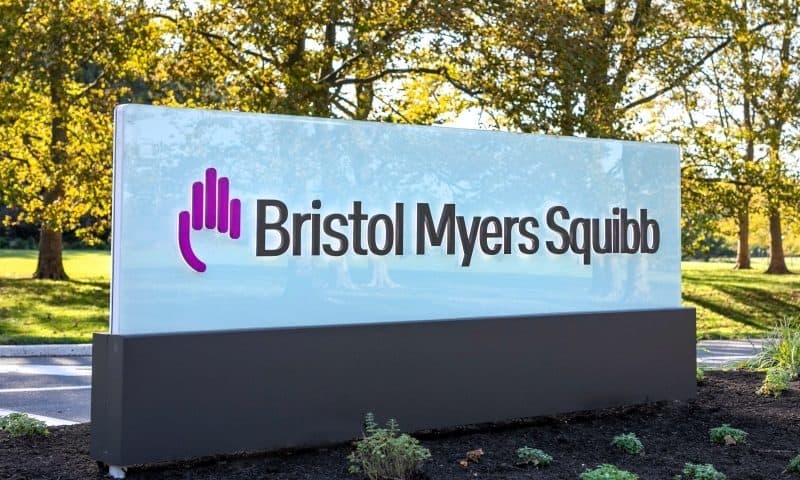Bristol Myers Squibb is putting down up to $1.3 billion on a next-gen engineered toxin body (ETB) cancer platform from Molecular Templates as it cuts an unwanted cell therapy from its Celgene buyout.
The deal, heavily backloaded and worth just $70 million upfront with the rest in milestones, sees BMS tap Austin, Texas-based Molecular Templates’ ETB platform for a new way of seeking out cancer therapies.
ETBs represent a new class of targeted therapeutics that act through differentiated mechanisms of action, including the ability to force receptor internalization, deliver therapeutic payloads and directly kill targeted cells through the enzymatic inactivation of ribosomes.
“Bristol Myers Squibb is a leading global pharmaceutical company with a strong oncology franchise and a history of innovation, making them an ideal partner for the discovery and development of novel ETBs for the treatment of cancer,” said Eric Poma, Ph.D., Molecular Templates’ chief executive and scientific officer.
Under the pact, Molecular will conduct research activities for the discovery of next-generation ETBs for multiple targets, of which the first target has been selected by BMS, although it has not been made public.
BMS, meanwhile, holds an option to nab an exclusive worldwide license to develop and sell ETBs directed to each selected target. Following the exercise of the option, the Big Pharma would be solely responsible for developing and selling these.
And as BMS giveth, so too does it taketh away: After nabbing a long-fought FDA approval for its new CAR-T Breyanzi (lisocabtagene maraleucel, or liso-cel) for adults with relapsed or refractory large B-cell lymphoma earlier this month, it has decided to cull the so-called orva-cel program.
The BCMA CAR-T therapy, which came as part of its Celgene buyout last year, was originally developed by biotech Juno, which Celgene itself snapped up a few years back. The company took a $470 million R&D impairment hit for the cull, deciding to focus more on other CAR-T programs it believes will yield better research and commercial success.

